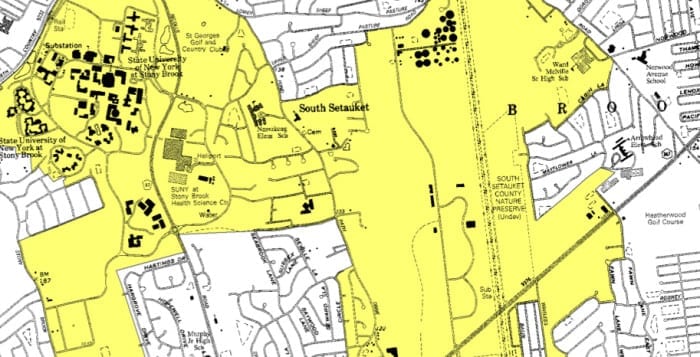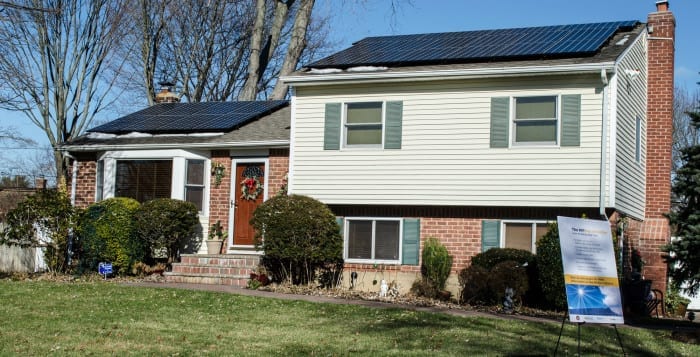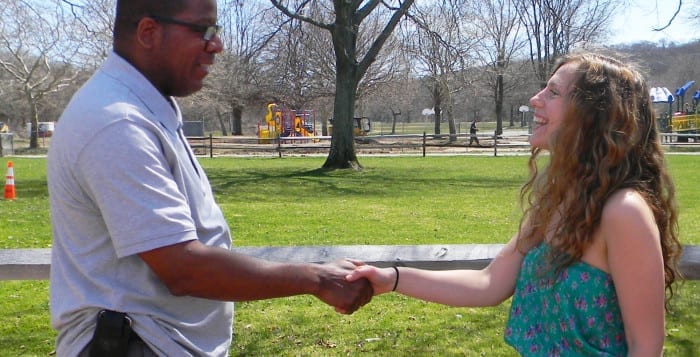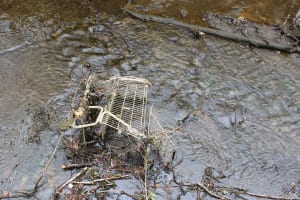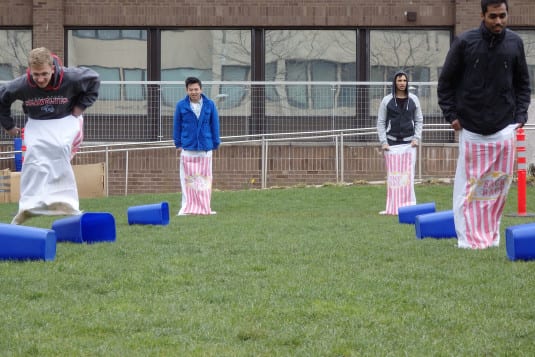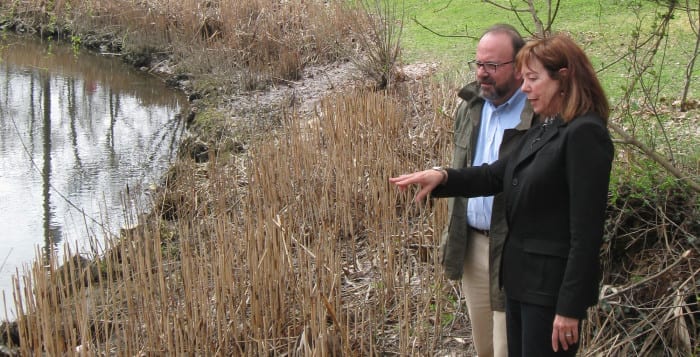A Setauket-based civic group is drawing a line in the sand as a North Shore developer looks to build three houses on an environmentally sensitive area.
Brookhaven is home to two of Long Island’s nine special groundwater protection areas, designated by the state Department of Environmental Conservation, and Charles Krohn of Windwood Homes, Inc. has applied for variances to divide his land within one of them — in East Setauket near Franklin Avenue and John Adams Street — into three separate plots. But Shawn Nuzzo, president of the Civic Association of the Setaukets and Stony Brook, argued the town should adhere to existing zoning laws there to protect the area’s aquifer.
The DEC’s special groundwater protection area in question is a large, oddly shaped chunk of land on the North Shore that includes Stony Brook University, St. Georges Golf and Country Club, Ward Melville High School, wooded properties on the southern part of Setauket, pieces of Lake Grove and more.
“[This area] is critical to ensuring the future potability of our underground water supply,” Nuzzo said in a statement read aloud at the April 22 Brookhaven Town Board of Zoning Appeals meeting. “Granting variances to allow for these substandard lots would serve to undermine not only the state environmental conservation law, but also … Brookhaven’s own adopted comprehensive land use plan.”
The civic president said the town granted the area special protection in its 1996 land use plan — the most recently adopted plan to date — because of its environmental significance. In his testimony, Nuzzo asked the town to deny the requested variances solely to protect the environmental standards already in place, adding he was not opposed to development all together.
“If the applicant wishes to develop this property, we recommend they adhere to the town’s existing zoning ordinances,” he said.
Krohn, who lives in East Setauket, purchased the land from the town in September 2014 and said he was looking to build three homes between 3,000 and 3,500 square feet in the same community where Windwood Homes has already been developing for years.
“The houses might, in fact, be smaller than this footprint,” he said at last month’s Board of Zoning Appeals meeting. “These are not sold right now.”
Diane Moje of D&I Expediting Services in Farmingville represented Krohn at the hearing and said the goal was to make three equal lots for development.
East Setauket resident Thomas Cardno has lived near Franklin Avenue for nearly a decade and said he worries that overdevelopment would create a safety risk for young children, referring to the variance proposals as “jamming three homes on there” as a means to maximize profits at the expense of the families in the area.
The cul-de-sacs in the area are too crammed already, he said. “Just put two homes in there and call it a day, at this point.”
Moje, however, said the town has already granted similar variances for other homes in the surrounding area, making the current proposal nothing out of the ordinary.
“This is not out of character and not something this board hasn’t addressed previously, and granted,” she said.
Christopher Wrede of the Brookhaven Town Planning Department reviewed the proposal and said the variances posed no significant environmental impact. The Board of Zoning Appeals held the public hearing open, to get additional information in the coming months.

